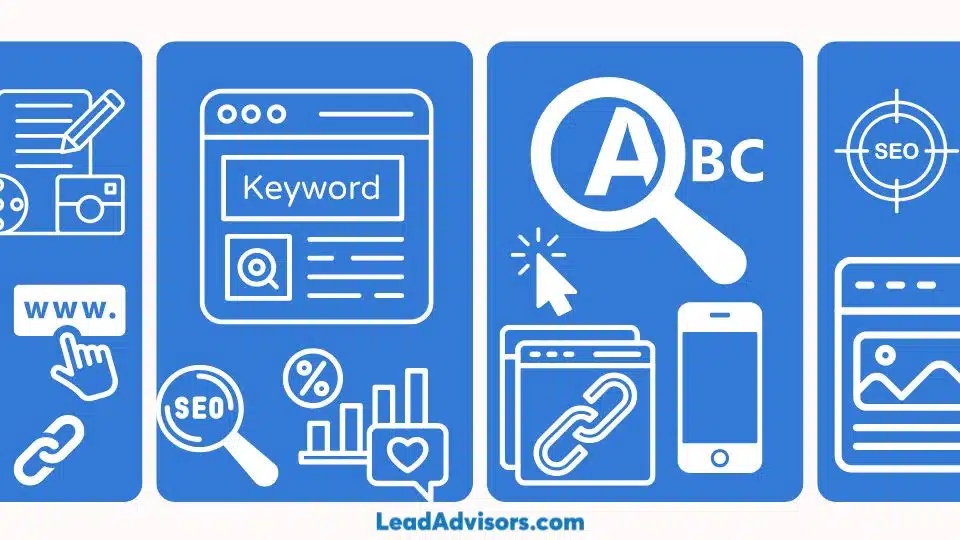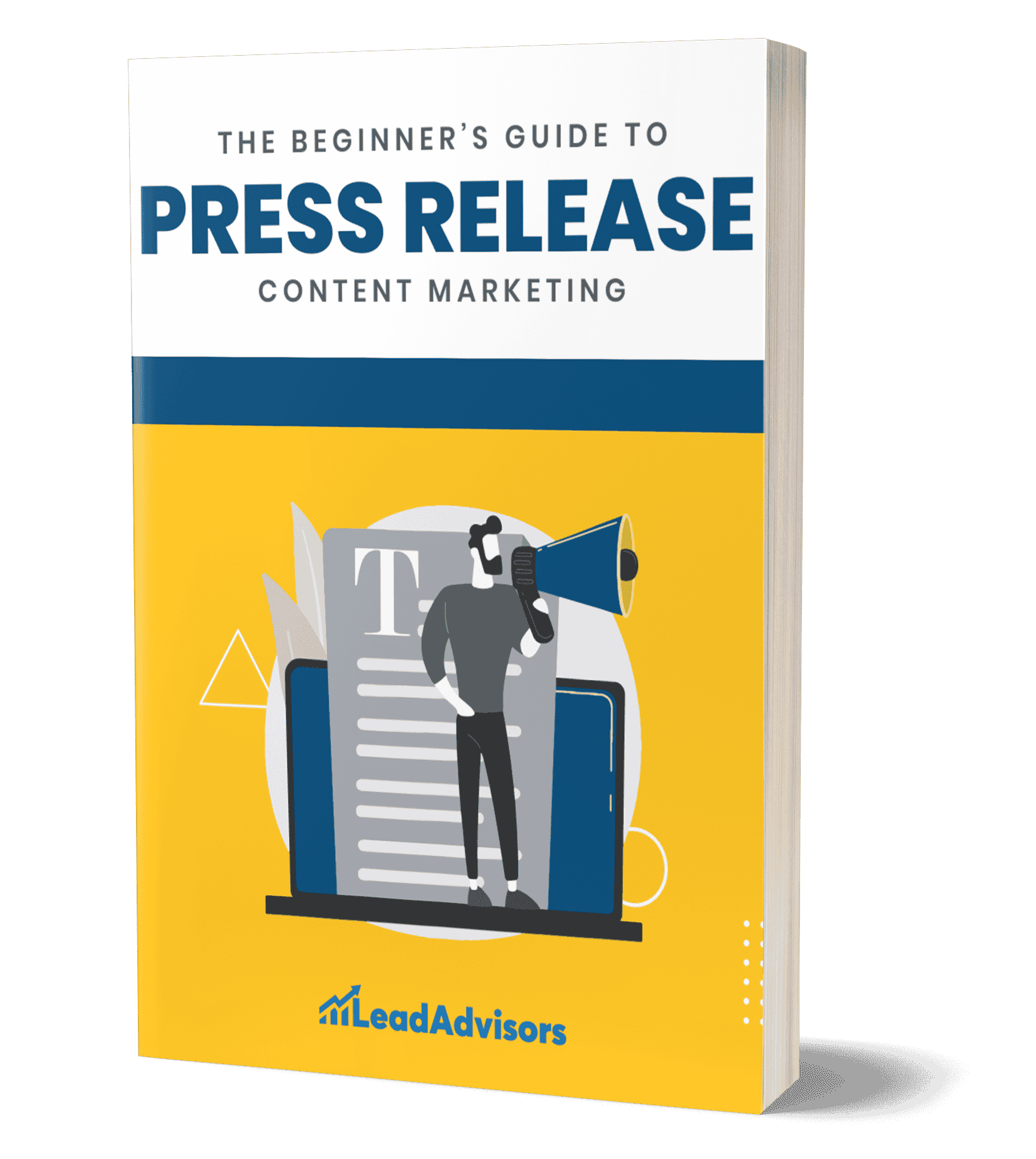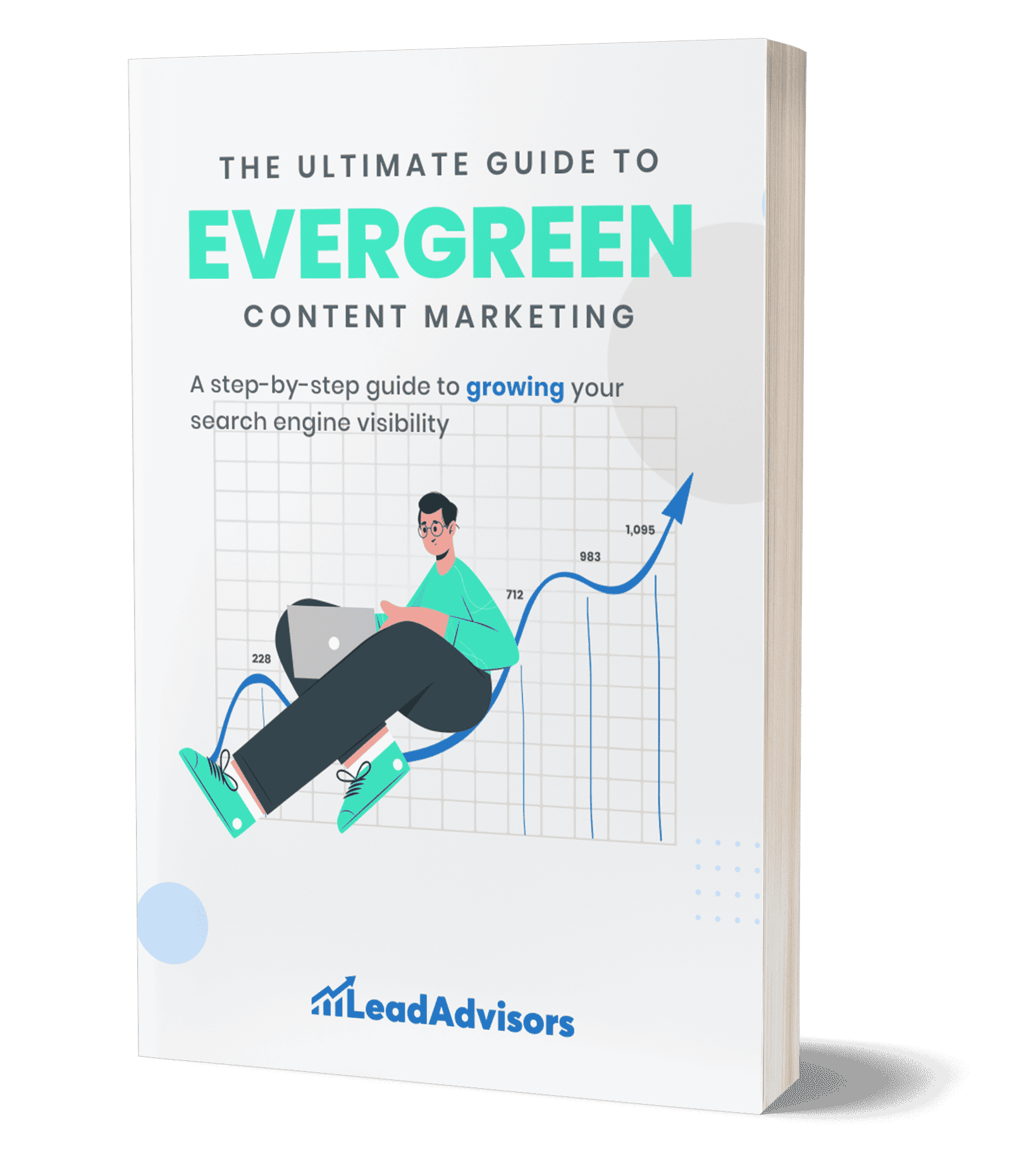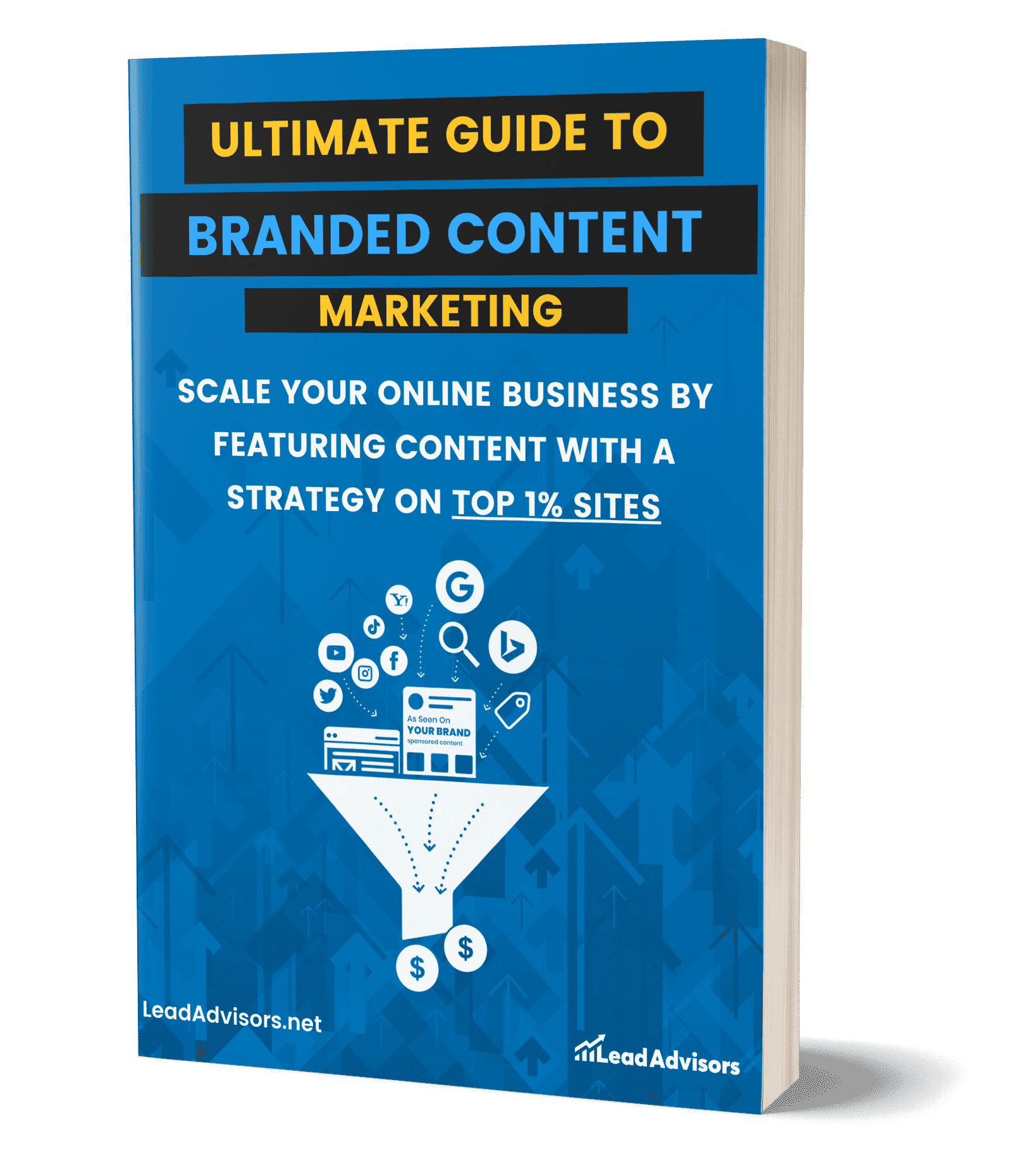For SEO professionals and marketers, effective keyword placement is crucial for boosting search engine rankings and driving targeted traffic. Whether you’re crafting short-form content, engaging in Pinterest marketing, or creating omnichannel strategies, understanding where and how to place your keywords can make a significant difference.
This article will delve into best practices, common mistakes, and advanced techniques to optimize your keyword placement and enhance your overall marketing efforts.
What Is Keyword Placement in SEO?
Keyword placement is the strategic integration of keywords within a webpage’s content to improve its visibility and ranking on search engine results pages (SERPs). This involves placing keywords in crucial areas such as title tags, meta descriptions, header tags, the first 100 words, and throughout the body of the content.
Effective keyword placement, informed by keyword research 101 and keyword mapping, helps search engines understand the relevance and context of the content. This enhances SEO performance and drives more targeted traffic to the website. Additionally, it ensures that the content aligns with user intent to improve overall user experience.
Why Is Keyword Placement Important for SEO?
Keyword placement is crucial for several reasons. First, it helps search engines understand the context and relevance of your content, improving your chances of ranking higher in search results. This is especially important in cornerstone content, which serves as the foundation of your site.
Proper keyword placement also enhances user experience by providing relevant information that matches user queries, supporting content pruning efforts to maintain high-quality content, and conducting content gap analysis. Additionally, it can increase click-through rates and drive more targeted traffic to your website.
Effective keyword placement aids in content syndication and enables data-driven decisions for continuous optimization.
Best Practices for Keyword Placement
Implementing effective keyword placement is essential for optimizing your content for search engines. Here are the best practices to ensure your keywords enhance your SEO efforts and improve user experience.
Place Keywords in Title Tags and Meta Descriptions
Include your primary keyword in the title tag, ideally at the beginning, to signal to search engines what the content is about. A well-optimized title tag can improve click-through rates and rankings.
Incorporate your primary keyword naturally within the meta description to attract clicks from search engine results pages (SERPs). While meta descriptions don’t directly impact search engine rankings, they significantly influence user behavior. By including a well-placed keyword phrase, you can enhance your search engine optimization efforts.
This strategy ensures that your blog post appears more relevant to target keywords, enticing users to click through. Proper keyword integration within meta descriptions can manipulate search engine rankings by improving the click-through rate and driving more traffic to your site.
Strategic Keyword Placement in Header Tags (H1, H2, H3)
The primary keyword should appear in the H1 tag, which is usually the main title of your page. This helps search engines understand the primary topic of the content and improves keyword placement. Use secondary keywords and variations in H2 and H3 tags to further clarify the content structure and enhance readability.
This practice supports both SEO and user experience by providing clear signals to search engine algorithms. Proper use of tags ensures your content ranks well on search engine result pages (SERPs) and is easily understood by other search engines.
Put Keywords in the First 100 Words
Place your primary keyword within the first 100 words of your content. This early placement helps search engines quickly identify the topic of your page, improving relevance. Additionally, using the right keywords early on boosts your website’s ranking and aligns with search intent.
Including targeted keywords in the opening of your blog posts and web pages ensures they are immediately recognized by search engine algorithms. Proper keyword placement at the beginning also signals to search engines that your content is pertinent to the search terms used by visitors.
Insert Keywords Throughout the Content
Distribute keywords naturally throughout the content to avoid keyword stuffing, which can negatively impact readability and SEO. This includes using synonyms and variations of your primary keyword to enhance content richness and avoid redundancy.
Following your content calendar, integrate these keywords into various types of SEO content within your content hub, topic clusters, and content production process. Consistent keyword usage supports a cohesive visual identity and ensures that your content is optimized effectively.
This approach helps maintain a balanced and engaging user experience while boosting website ranking.
Incorporate Keywords in the URL Structure
Include your primary keyword in the URL to make it more descriptive and SEO-friendly. A clean, keyword-rich URL improves user experience and search engine understanding. This practice is crucial for both on-page SEO and technical SEO, as it helps search engines accurately index your content.
Additionally, a well-structured URL aids in user journey mapping by providing clear navigation paths. By optimizing your URLs, you enhance the overall SEO strategy and improve the discoverability and usability of your web pages.
Include Keywords in the Image Alt Text
Use keywords in the alt text of images to improve image search optimization and provide context to search engines about the image content. This practice is crucial for mobile optimization, ensuring that images are accessible and relevant across all devices.
Including descriptive alt text enhances your site’s SEO by making images searchable and providing additional keyword relevance. Additionally, well-optimized alt text supports your efforts to write engaging blog posts.
Common Keyword Placement Mistakes to Avoid
Even with the best intentions, keyword placement can go awry and hinder your SEO efforts. Here are common mistakes to avoid to ensure your content remains effective and user-friendly.
Keyword Stuffing
Overloading your content with keywords can lead to a poor user experience and search engine penalties. Focus on natural and relevant keyword use. This is essential for creating an SEO-friendly blog that readers enjoy.
Avoiding keyword stuffing also helps when you repurpose content or conduct a content audit to eliminate duplicate content. Moreover, proper keyword integration supports link building and strengthens pillar content through strategies like guest blogging to ensure your site remains valuable and authoritative.
Ignoring LSI Keywords
Latent Semantic Indexing (LSI) keywords are related terms that help search engines understand the context of your content. Including LSI keywords can significantly enhance your content’s relevance and support your UX strategy.
While LSI focuses on related terms, NLPs (Natural Language Processing) keywords delve deeper into context and intent. Proper use of LSI keywords improves keyword placement on your landing page so search engines can grasp the full context of your content. This practice optimizes your content for better visibility and user engagement.
Neglecting User Intent
Ensure that your keyword placement aligns with user intent. Providing valuable and relevant information that matches what users are searching for is crucial for SEO success. This alignment enhances the user experience by delivering precisely what users need, thus increasing engagement and satisfaction.
An effective UX strategy should focus on understanding and fulfilling user intent. Additionally, aligning keywords with user intent can improve conversion rates and boost your site’s authority. Neglecting user intent can lead to high bounce rates and reduced SEO effectiveness.
Conducting an SEO audit, considering related searches, and using appropriate anchor text are essential parts of the SEO process. Additionally, using image alt tags appropriately and including as many relevant keywords will help Google determine the relevance of your content.
Overlooking Mobile Optimization
With the increasing number of mobile users, it’s essential to optimize keyword placement for mobile search. Ensure that your content is accessible and readable on all devices. Implementing mobile-friendly design practices can significantly enhance user experience and engagement.
Consider the mobile-first indexing approach by Google, which prioritizes the mobile version of your site for indexing and ranking. Additionally, ensure that your landing pages are optimized for mobile. This will improve user satisfaction and SEO performance. Neglecting mobile optimization can lead to lost traffic and lower search rankings.
Tools for Keyword Placement Optimization
Using the right tools can significantly enhance your keyword placement strategy, ensuring your content is optimized for search engines and relevant to your audience.
Google Keyword Planner
Google Keyword Planner is a free tool that helps you find relevant keywords and provides insights into search volume and competition. It’s essential for discovering high-potential keywords that can improve your SEO efforts. Use it to identify specific keywords and long tail keywords that can be incorporated into your page titles and content.
By exporting data to Google Sheets, you can organize your findings and plan your strategy. Vary your anchor text and create relevant content to maximize the effectiveness of your SEO campaign.
SEMrush
SEMrush offers comprehensive keyword research and placement analysis. It provides data on keyword difficulty, search volume, and competitive analysis, making it a valuable tool for strategic planning.
Further, use SEMrush to find keywords that can help your content rank higher by focusing on important keywords and understanding their ranking factors. Identify your main keyword and ensure it is effectively integrated into your content, or even consider scalable options like SEO for resellers to boost visibility and drive more traffic to your site.
Yoast SEO
Yoast SEO is a popular WordPress plugin that provides real-time suggestions for keyword placement and overall SEO optimization. It helps you ensure that your content meets SEO best practices, offering insights on keyword density, readability, and the use of synonyms and related keywords.
This plugin also assists with meta tags, internal links, and alt tags, ensuring your content is both user-friendly and search-engine-friendly. Yoast SEO helps avoid irrelevant words, adds keywords effectively, and tailors your content to your target market, ultimately improving your search result rankings.
Ahrefs
Ahrefs is another powerful tool for keyword research and placement optimization. It provides extensive data on backlinks, competitor keywords, and overall site performance. This tool is particularly useful for identifying content gaps and opportunities for new keyword integration.
Frequently Asked Questions
How many keywords should I use per page?
Does keyword placement affect voice search optimization?
Should I use the same keyword across multiple pages?
Do keywords in anchor text still matter?
How often should I update keyword placement?
Conclusion
Effective keyword placement is a cornerstone of successful SEO. By strategically integrating chosen keywords into your content, you can improve search engine rankings, drive targeted traffic, and enhance user experience.
Implement the best practices and tools discussed in this guide to optimize your keyword placement and achieve better SEO results. Focusing on the content on your page, you can ensure that each piece aligns with SEO goals.
For expert assistance in keyword optimization and content strategy, consider partnering with LeadAdvisors. Their comprehensive marketing solutions can help elevate your SEO efforts and maximize your online visibility.















